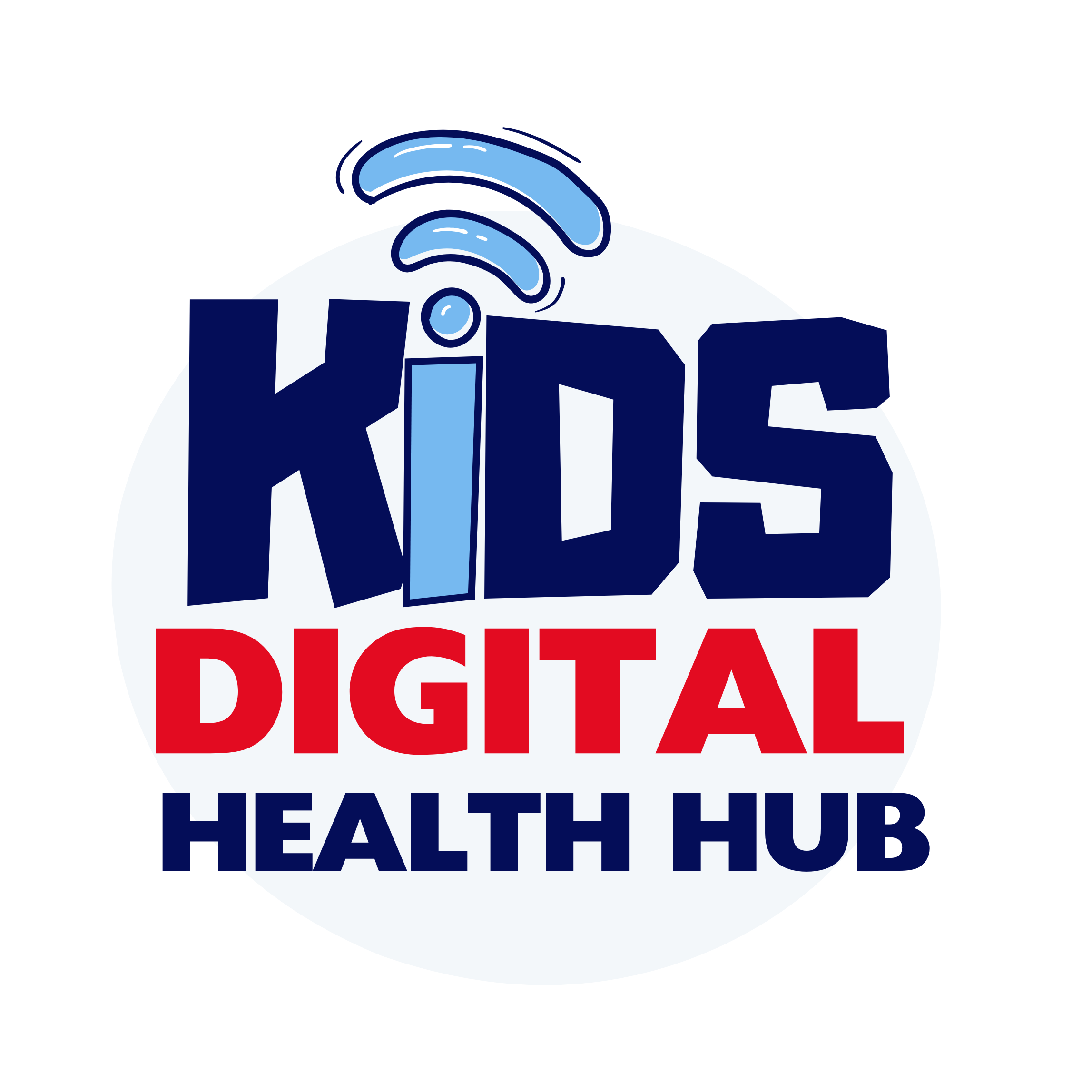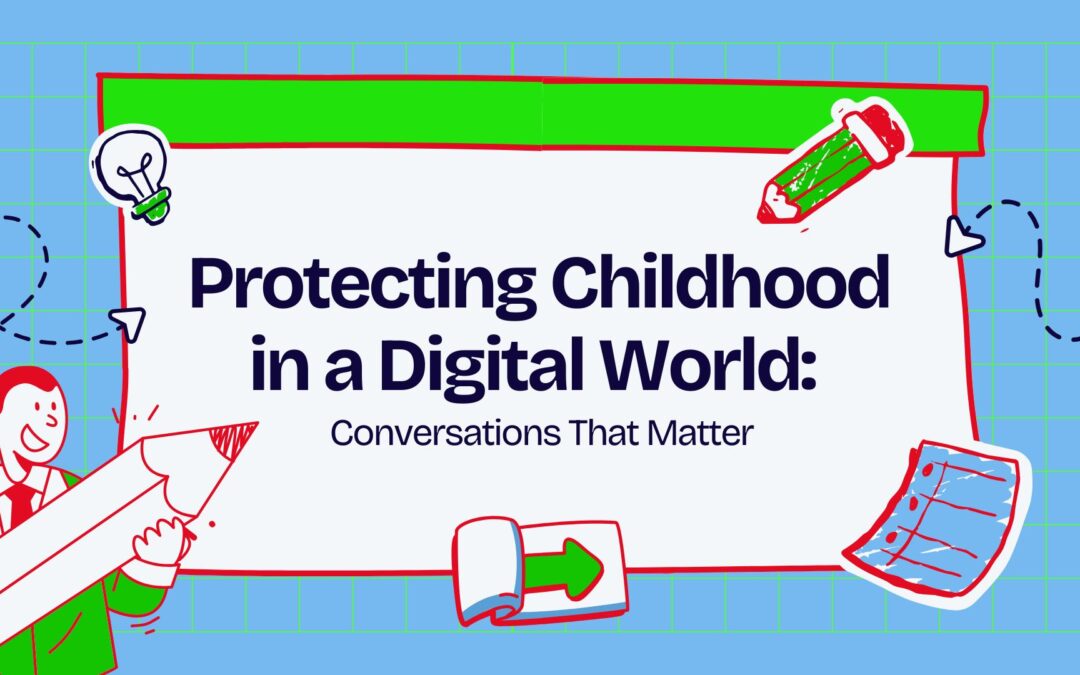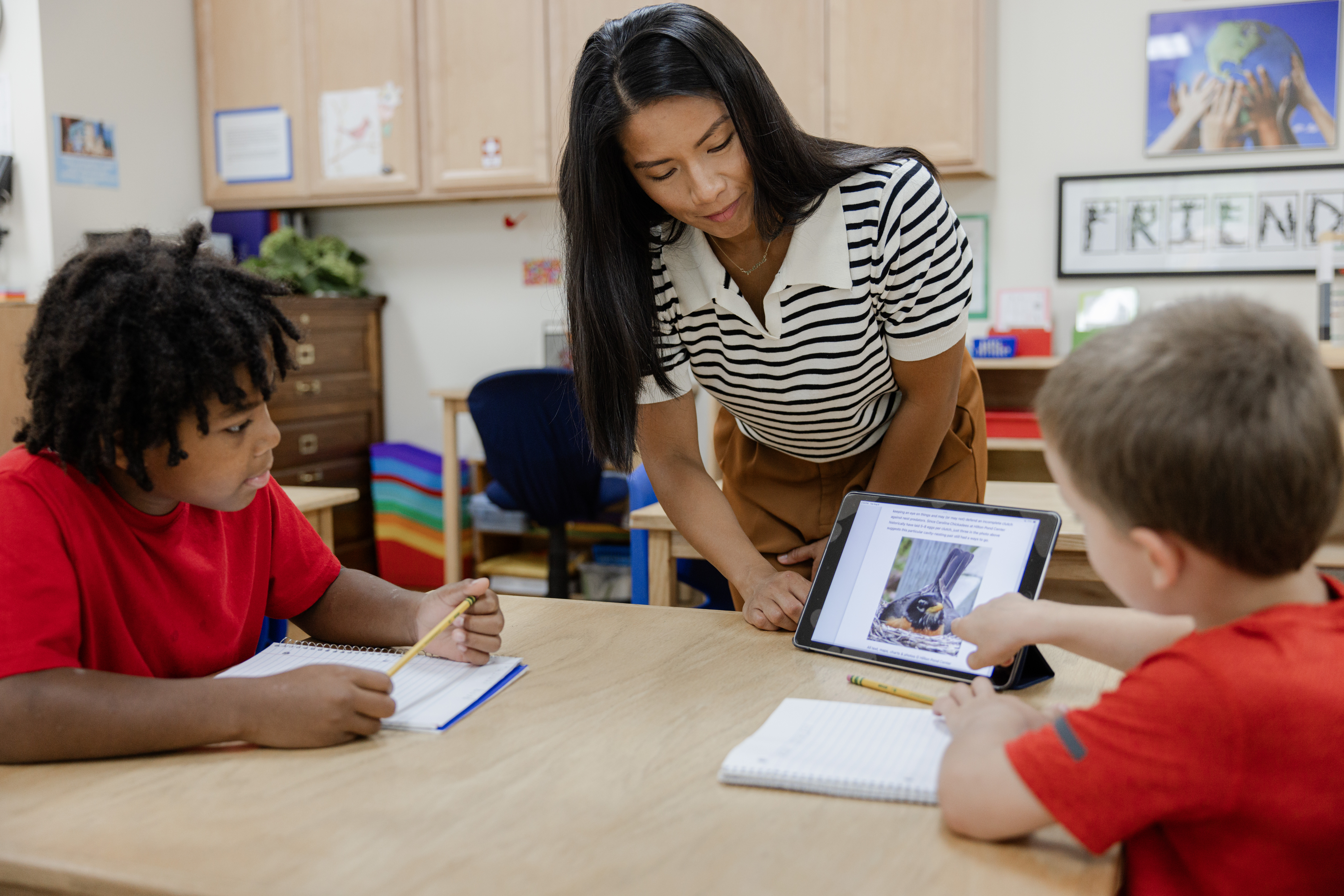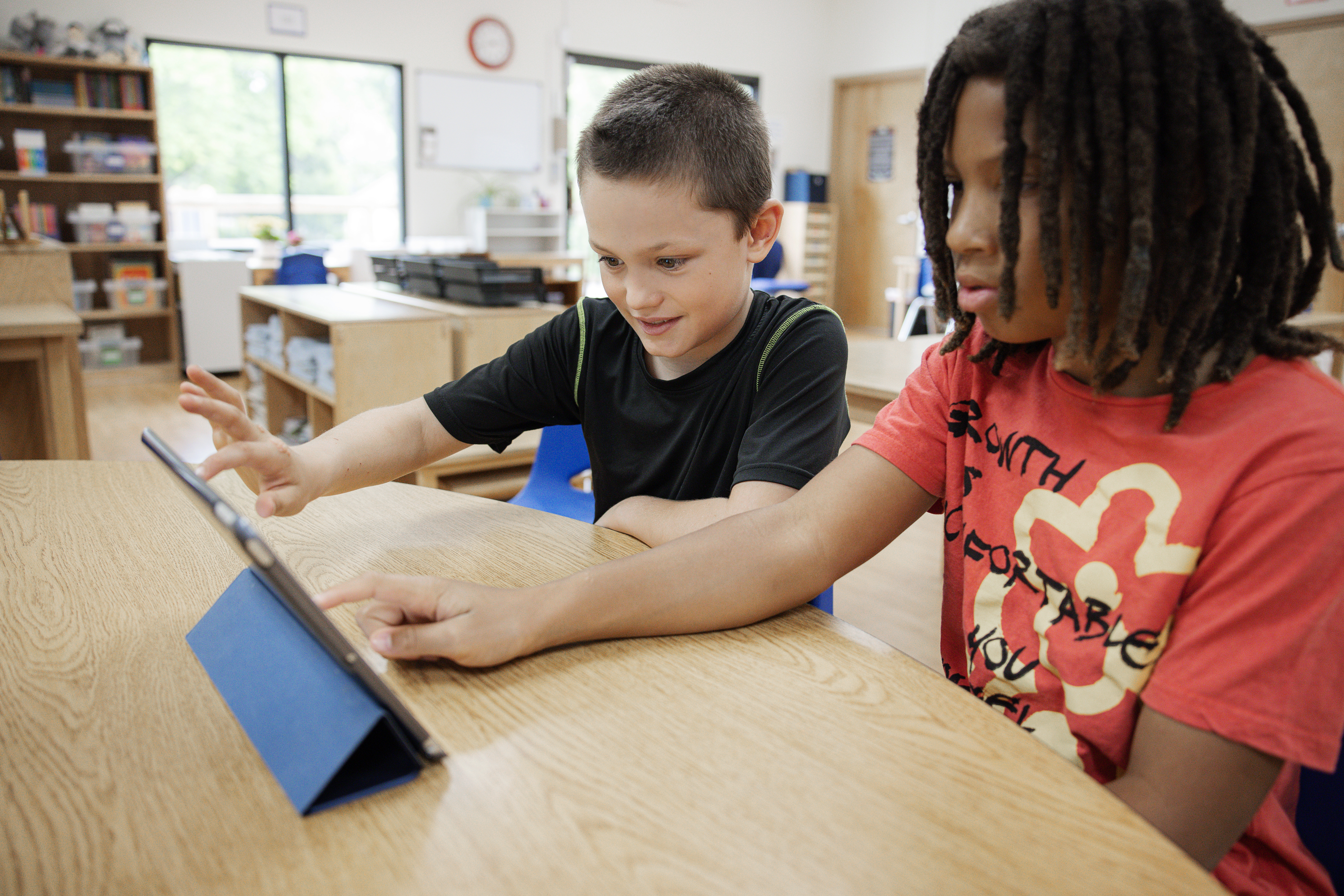Welcome to the Kids Digital Health Hub, where we tackle one of the most pressing concerns for modern parents: navigating the digital landscape to protect children. In our latest podcast episode, I, Katie Longhauser—mom and advocate for digital health—sat down with Kevin Crosser, an experienced detective working on the frontlines of internet crimes against children. Together, we explored the unsettling realities of online threats, but more importantly, we shared actionable ways parents can step up to protect their children.
Let’s dive into the highlights of this eye-opening conversation, where we uncover not only the dangers of the digital age but also the tools and strategies to safeguard childhood and protect childhood effectively.
Table of Contents
The Growing Epidemic of Online Child Exploitation
The internet has revolutionized how we connect, learn, and share. But as Kevin pointed out during our chat, the same power that builds bridges also creates dangerous avenues for predators.
In this era of technology, protecting childhood is more crucial than ever as we face these challenges head-on.
Kevin has dedicated 15 years of his life to investigating crimes against children, most of which occur online—whether through social media, chat apps, or other internet platforms. He refers to this issue as an epidemic, citing data that showcases the alarming rise in child exploitation cases:
- In 1996, 113 cases of internet crimes against children were reported by the FBI.
- By 2020, that number had skyrocketed to nearly 4,000 cases annually, nationally—excluding additional cases managed by local and state law enforcement.
What’s driving this surge? “A child’s exposure has shifted drastically,” Kevin explained. “They’ve gone from interacting with a few hundred people in their community to potentially billions of strangers online.”
For parents, this paints an alarming picture: the threats aren’t confined to “creepy Joe down the street.” They’re global, faceless, and often deceptive.
The Role Parents Play: Prevention Is Key
As scary as it sounds, the message Kevin continues to drive home is this: prevention starts with parents. While we can’t completely eliminate risks, there are specific steps we can take to create safer digital spaces for our kids.
Here are Kevin’s Top Five Tips for Parents to help protect children online:
1. Delay Devices as Long as Possible
Kevin recommends holding off on giving kids personal devices (such as smartphones or tablets) until at least eighth grade. Younger children lack the maturity to understand or navigate online risks. If you do need a phone for safety purposes, consider basic models without internet access.
2. Weekly Device Checks Are Non-Negotiable
Once your child has a device, you should check it regularly. This isn’t about invading their privacy—it’s about ensuring their safety.
- Know all passwords.
- Review apps, messages, browser history, and downloads.
As Kevin humorously put it, “Privacy for kids exists in the bathroom, not on their devices.”
3. Open Conversations Build Trust
Start discussions about online safety early and often. Talk about what’s appropriate, what’s not, and how to recognize red flags.
- Teach them: If you don’t know someone in real life, they shouldn’t be your friend online.
- Keep the dialogue open so they feel comfortable coming to you if something goes wrong.
4. Set Rules for Social Media and Gaming
Kevin’s family follows this golden rule: Your online friends can only be people you know in real life. This simple guideline reduces the risk of catfishing, grooming, or bullying from strangers.
5. Monitor Mental Health and Social Media Use
It’s not just predators we need to worry about—social media can also erode self-esteem and worsen mental health. Teach your kids the value of genuine, offline relationships and beware of the “fake” validation trap (likes, followers, etc.).
What If the Worst Happens?
Despite our best efforts, situations may arise where a child becomes a victim of online exploitation. Kevin emphasized that how parents act in these moments is critical. Here’s what to do:
Steps to Take if Your Child Is Victimized:
- Don’t Panic – Keep your emotions in check. Panicking may make your child feel responsible or lead them to shut down.
- Secure the Device – Immediately take the phone, tablet, or computer away, and place it in airplane mode to preserve evidence.
- Don’t Delete or Block Anything – Avoid the urge to block the perpetrator or delete the messages. Blocking can erase crucial evidence needed for prosecution.
- Reach Out to Local Law Enforcement – Contact your nearest law enforcement agency. They’ll guide you through the process of preserving evidence and starting an investigation.
- Use Resources Like TakeItDown.com – The National Center for Missing and Exploited Children (NCMEC) offers a service to help remove explicit images or videos from the internet. Visit www.takeitdown.com for support.
Empowerment Through Knowledge
The internet isn’t going away, and neither are its risks. However, as Kevin stressed, understanding the problem is the first step in being part of the solution. As parents, teachers, and community leaders, we need to stay proactive and unified in protecting children.
At Kids Digital Health Hub, we believe in empowering families with the tools and confidence to navigate these challenges. Together, we can preserve the joys of childhood while embracing the best that technology has to offer.
Protecting Childhood: What’s Next?
This is just the beginning of a much larger conversation. Stay tuned for our next episodes, where we’ll dive deeper into the dangers of specific social media platforms, AI risks, and the mental health toll of digital overexposure.
Got questions or topics you’d like us to explore? Send us a message—we’d love to hear from you and create content that matters to you.
Join the Movement: Sign up for our newsletter and become part of a supportive community committed to safeguarding kids’ digital well-being.





